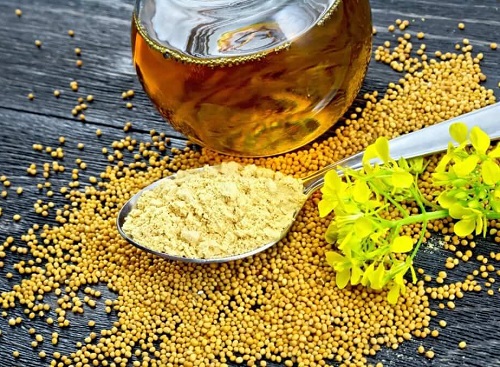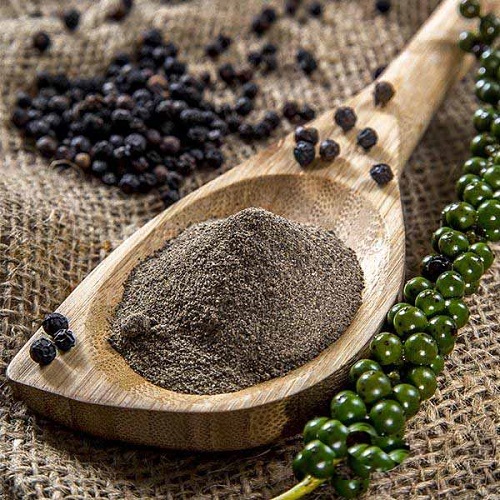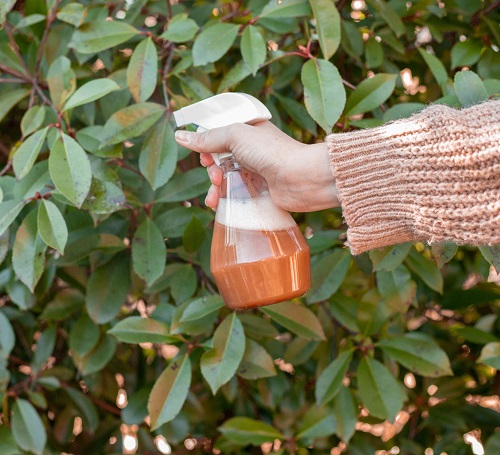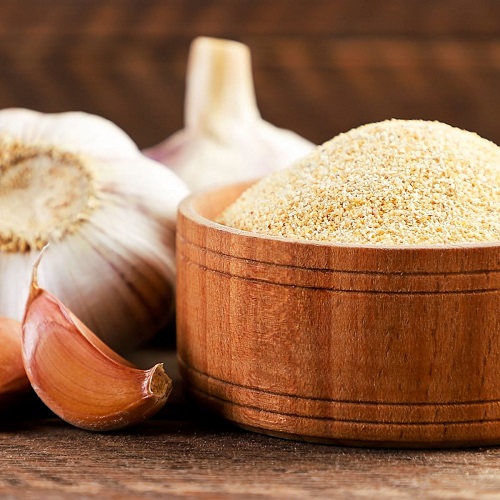Here are the Different Ways to Use Spices for Better Care of Houseplants that will ensure they stay healthy and thriving!
Your spice rack is for more than just culinary masterpieces! Believe it or not, those aromatic spices that elevate your dishes can also work wonders in nourishing your green friends, combating pests, and even preventing diseases. Keep scrolling to know about the Different Ways to Use Spices for Better Care of Houseplants.
Check out the bets Thai herbs and spices here
Different Ways to Use Spices for Better Care of Houseplants
1. Cinnamon
- Antifungal Agent: Helps prevent mold and mildew on the soil.
- Rooting Hormone: Can be used to encourage root growth in cuttings.
- Seedling Booster: Enhances seed germination rate by providing a natural anti-fungal environment.
How to Use:
- Seedling Booster: Sprinkle a thin layer of cinnamon on the soil surface where seeds are planted.
- Antifungal: Sprinkle cinnamon powder lightly on the soil surface.
- Rooting: Dip the cut end of a cutting into cinnamon before planting.
2. Turmeric
- Antiseptic: Acts as a natural antiseptic for plant wounds.
- Soil Amendment: Adds natural minerals to the soil.
How to Use:
- Antiseptic: Make a paste (1 part turmeric with 2 parts water) and apply it to plant wounds or cuts to prevent bacterial growth.
- Soil Amendment: Mix a small amount of turmeric powder (1 teaspoon per pot) into the soil before planting.
15 Herbs You Can Grow from Spice Rack
3. Mustard Powder
- Pest Control: Acts as a natural insect repellent.
- Soil Bioactivator: Encourages microbial activity in the soil.
How to Use:
- Insect Repellent: Mix mustard powder with water (1:2 ratio) and spray it on the leaves, avoiding direct sunlight to prevent burns.
- Bioactivator: Sprinkle mustard powder on the soil and mix it in lightly.
4. Black Pepper
- Pest Deterrent: Can deter some types of pests like ants.
- Nutrient Enhancer: Adds minor nutrients like iron to the soil.
How to Use:
- Pest Control: Sprinkle ground black pepper (1 teaspoon at the time of planting) around the base of the plant.
- Nutrient Enhancer: Mix ground black pepper into the soil (1 teaspoon per plant) before planting.
5. Cayenne Pepper
- Pest Repellent: Effective against many types of pests, including aphids and spider mites.
- Seed Treatment: Increases seed viability by reducing fungal growth.
How to Use:
- Pest Control: Mix with water (1 teaspoon in half a gallon of water) and a few drops of dish soap, and spray it on the plant leaves.
- Seed Treatment: Coat seeds lightly with a very fine layer of cayenne pepper before planting.
DIY Mason Jar Herb Garden | Step by Step Tutorial
6. Cloves
- Ant Repellent: Effective in keeping ants away.
- Mildew Prevention: Helps in preventing powdery mildew on leaves.
How to Use:
- Ant Control: Scatter a few cloves around the plant base or make a spray by steeping them in water.
- Mildew Prevention: Make a clove tea by steeping cloves in water, and then spray it on the plant leaves.
7. Garlic Powder
- Pest Control: Repels a wide range of insects.
- Nutrient Supplement: Provides sulfur, which is a beneficial plant nutrient.
How to Use:
- Pest Control: Mix garlic powder with water (1 teaspoon in a litre of water)and a drop of dish soap, then spray on the leaves.
- Nutrient Supplement: Mix a small amount of garlic powder into the soil to add sulfur.
Learn Uses of Garlic in the Garden here
Bonus – Used Coffee Grounds!
According to Guardian spent coffee is one of the most potent and aromatic spices! This makes it one of the best “Spices” that can be used as a fertlizer!
Used coffee grounds can serve as a convenient and eco-friendly fertilizer option for your garden. They are rich in nitrogen, which is vital for plant growth and helps to improve soil structure over time. They also enhance water retention and drainage, providing a more balanced moisture level.
- Mixing coffee grounds with soil (1 teaspoon) before planting can give seedlings a nutritious start.
- Apply as a side dressing for established plants, particularly those that are nitrogen-loving, like tomatoes and corn.
- Coffee grounds are acidic, making them especially beneficial for acid-loving plants like azaleas and blueberries.
Find Which Plants Like and Do Not Like Coffee Grounds here
Using Spices for Better Care of Houseplants – Important Considerations
- Always apply the spice mixture to a small, inconspicuous area of the plant first to observe for any adverse reactions like leaf burn.
- Overuse of spices can lead to soil imbalances or toxicity. Use spices sparingly and only when needed.
- When making liquid solutions, ensure that the spice is adequately diluted to prevent damage to the plant.
- After applying spice mixtures, it’s often best to keep plants out of direct sunlight for a while to prevent any potential for leaf scald.
- Certain spices may be harmful to pets. If you have pets that might nibble on your plants, research the safety of the spice you intend to use.
- Young or stressed plants may be more sensitive to spice applications. It’s best to apply spices to healthy, well-established plants.
- Regularly inspect the plant for any changes in growth or appearance after applying spices. Discontinue use if you notice any negative effects.
- Maintain a log of what spices you’ve applied, the concentration, and the observed effects. This will help you refine your approach over time.








